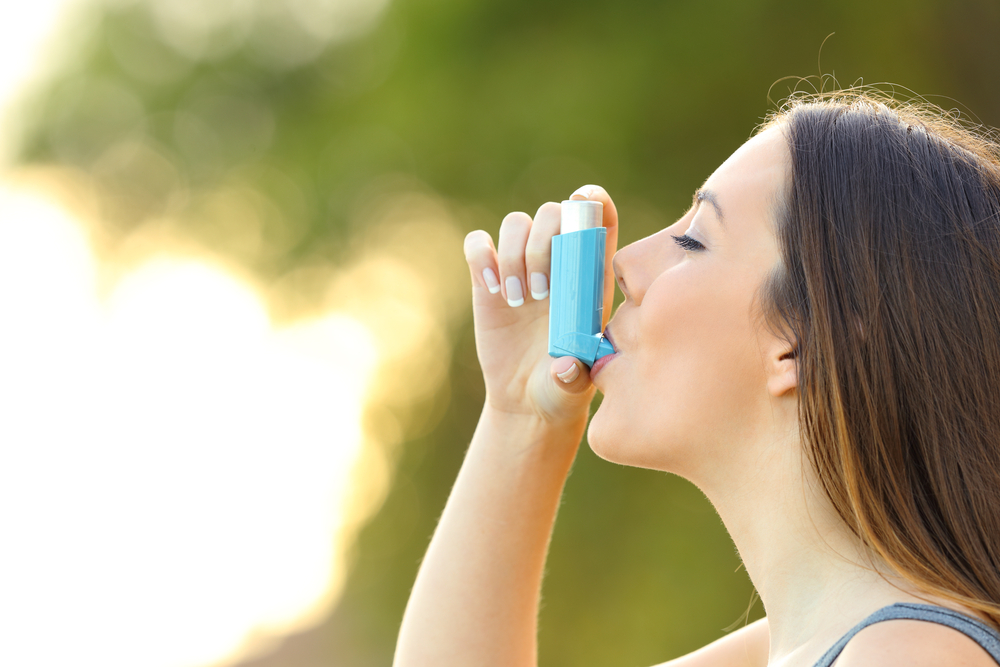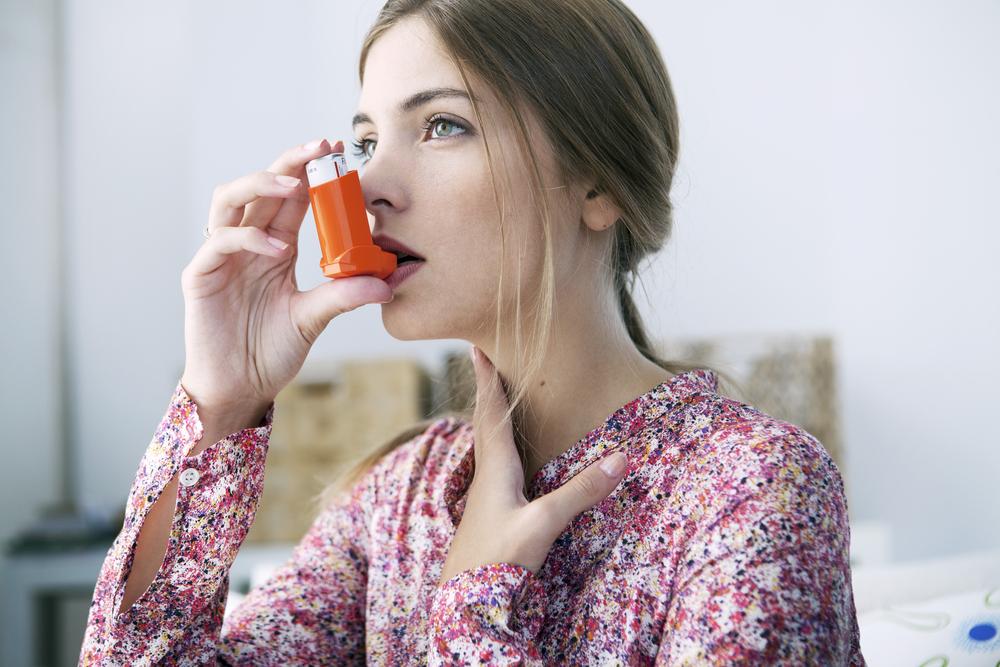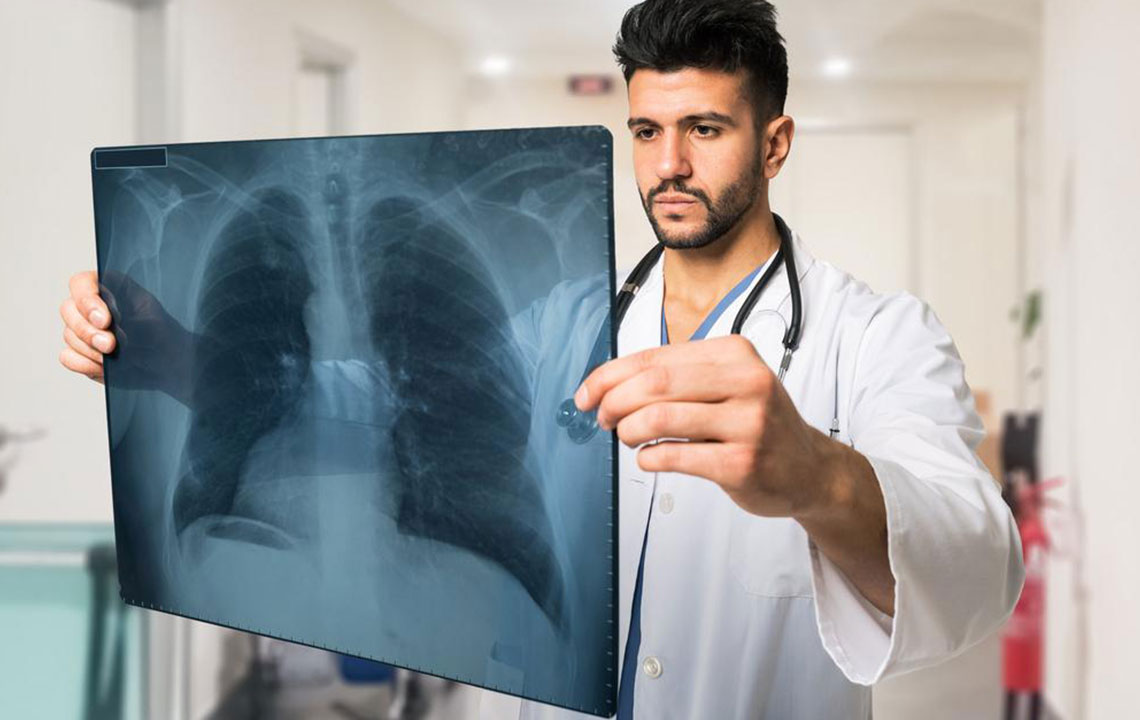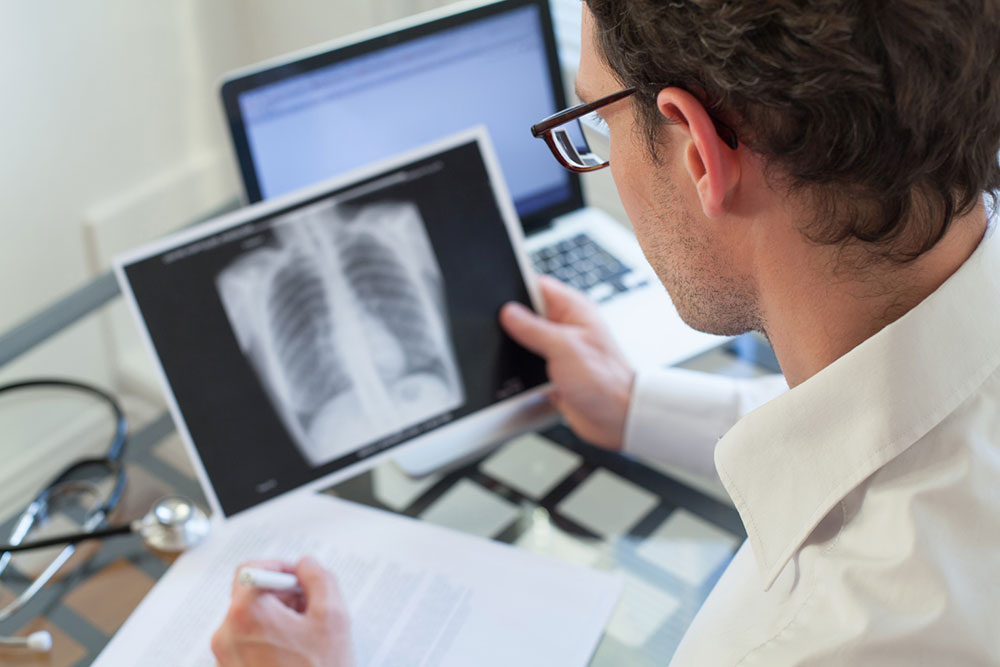The Ultimate Guide to Portable Oxygen Therapy Devices: Enhancing Quality of Life
This comprehensive guide explores portable oxygen therapy devices, highlighting their types, benefits, and safety precautions. Ideal for patients with respiratory conditions, these lightweight devices enable greater mobility and independence. Whether using cylinders, liquid oxygen systems, or concentrators, understanding device selection and maintenance is essential for effective therapy. Advances in technology have made oxygen support more accessible, secure, and tailored to individual needs. Stay informed about the best options for maintaining optimal oxygen levels and improving overall health with this in-depth overview.
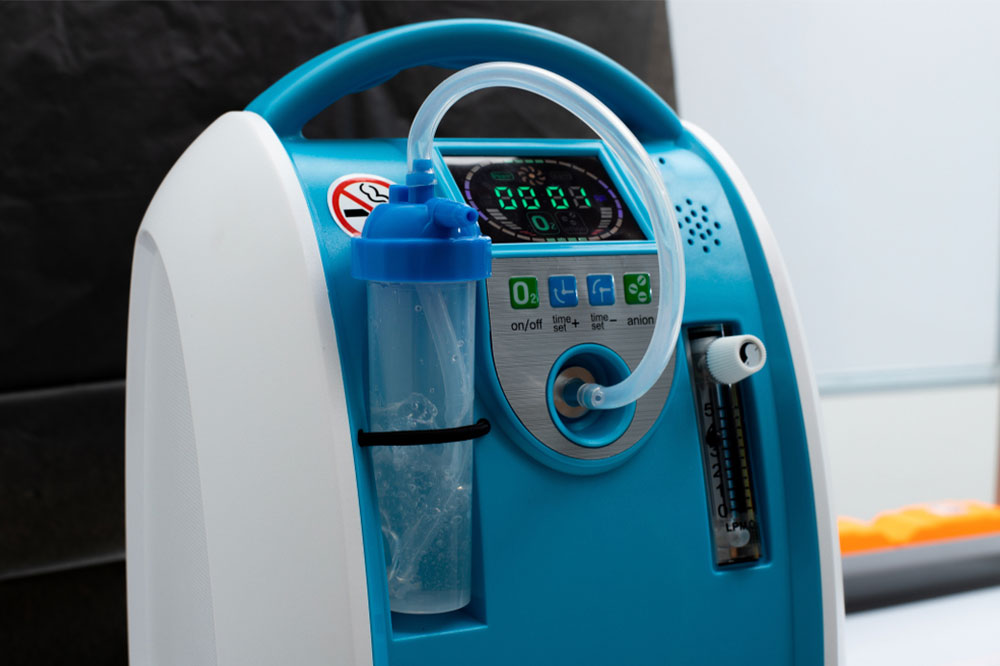
Comprehensive Overview of Portable Oxygen Therapy Devices and Their Benefits
Portable oxygen therapy devices have revolutionized the management of respiratory conditions, providing critical support for individuals experiencing breathing difficulties due to various health issues. These devices are designed to be compact, lightweight, and easy to carry, allowing users to maintain their daily routines without significant disruptions. With technological advancements, portable oxygen systems now offer diverse options tailored to individual needs, preferences, and budgets, making respiratory management more accessible and convenient than ever before.
Understanding Who Needs Oxygen Therapy
Oxygen therapy is a vital treatment for individuals with compromised lung function or heart conditions that impair oxygen absorption. Common candidates include patients with Chronic Obstructive Pulmonary Disease (COPD), congestive heart failure, severe asthma, pneumonia, or sleep apnea. These conditions often result in low blood oxygen levels, manifesting through symptoms such as persistent shortness of breath, rapid heartbeat, confusion, fatigue, or bluish discoloration of the lips and fingertips. Identifying the need for supplemental oxygen involves medical evaluations like arterial blood gas tests, spirometry, chest X-rays, or CT scans. Accurate diagnosis ensures appropriate device selection, improving health outcomes and quality of life.
The process of breathing supplies approximately 21% oxygen to the lungs, but individuals with compromised respiratory systems struggle to absorb sufficient oxygen into the bloodstream. Supplemental oxygen acts as an essential support mechanism, helping maintain optimal oxygen saturation levels and preventing complications associated with hypoxia (low oxygen levels). Proper oxygen therapy not only alleviates symptoms but also enhances physical activity capacity, cognitive function, and overall well-being.
Popular Types of Portable Oxygen Equipment
To meet the diverse needs of patients, various portable oxygen devices have been developed, each with unique features tailored to different scenarios. These devices generally fall into categories based on the oxygen source and delivery method, ensuring flexibility in managing respiratory conditions both at home and on the go.
Different Portable Oxygen Sources and Their Uses
Oxygen Gas Cylinders: These are pressurized tanks filled with compressed oxygen, providing reliable and precise oxygen delivery. They are best suited for short-term use, emergency scenarios, or when other systems are unavailable. Customers often carry multiple cylinders to ensure uninterrupted support during travel or outdoor activities. Cylinders come in various sizes, from small portable units to larger models, offering flexibility based on the duration of use and mobility needs.
Liquid Oxygen Systems: Liquid oxygen units store oxygen in liquid form within specialized tanks, allowing higher oxygen concentrations in a smaller, lighter package. This makes them ideal for users needing higher oxygen flow rates or extended use without frequent replacements. Handling liquid oxygen requires caution due to extremely low temperatures, but these systems are highly efficient for active users who require consistent oxygen support.
Oxygen Concentrators: A popular and increasingly preferred alternative to gas cylinders, concentrators operate by extracting oxygen from ambient air through a process called filtration or sieving. They are available in both stationary (home) and portable models. Powered by electricity or batteries, these devices generate high-purity oxygen (typically 90-95%) without storing large quantities of compressed gas, making them safer and more environmentally friendly. Portable concentrators are lightweight, durable, and designed for travel, enabling patients to maintain their active lifestyles without being tethered to heavy tanks.
The choice of device depends on the user’s oxygen needs, lifestyle, safety considerations, and budget. Stationary concentrators are ideal for overnight and long-term use at home, providing continuous oxygen flow. Conversely, portable units are essential for outdoor activities, travel, and everyday errands, allowing users to stay mobile and independent. Many patients opt for a combination of both to ensure seamless oxygen therapy regardless of location. Advancements in battery technology and device design further enhance safety, convenience, and user comfort, making oxygen therapy more effective and accessible than ever before.
Choosing the Right Portable Oxygen Therapy Device
Selecting the appropriate device involves understanding personal health requirements, lifestyle, and safety considerations. Consulting healthcare professionals is crucial for tailoring the oxygen delivery system to individual needs. Factors to consider include oxygen flow rate, device mobility, ease of use, maintenance requirements, and cost.
For active users, lightweight and portable oxygen concentrators are highly recommended due to their ease of transport and independent operation. For long-term or high-dose users, liquid oxygen systems or multiple cylinders might be more suitable. Additionally, safety features such as alarms for low oxygen levels or device malfunction are essential. Proper training on device operation and maintenance ensures safety and maximizes therapy benefits.
Safety Tips and Maintenance for Portable Oxygen Devices
Operating oxygen therapy devices safely is paramount to prevent accidents and ensure optimal performance. Always keep the device away from open flames, heat sources, and smoking areas. Keep the equipment clean and regularly inspect for damage or leaks. Rechargeable batteries need periodic charging, and replacement should follow manufacturer guidelines. Understanding emergency procedures and having backup devices or cylinders can prevent interruptions in therapy. Regular consultations with healthcare providers help monitor device functionality and adapt settings as health conditions evolve.
In summary, portable oxygen therapy devices have become an integral part of modern respiratory care. With multiple options available, patients can enjoy greater freedom, safety, and comfort while managing their health. Whether at home or on the move, technological innovations continue to improve the quality of life for millions worldwide, emphasizing the importance of personalized and adaptable oxygen therapy solutions.

